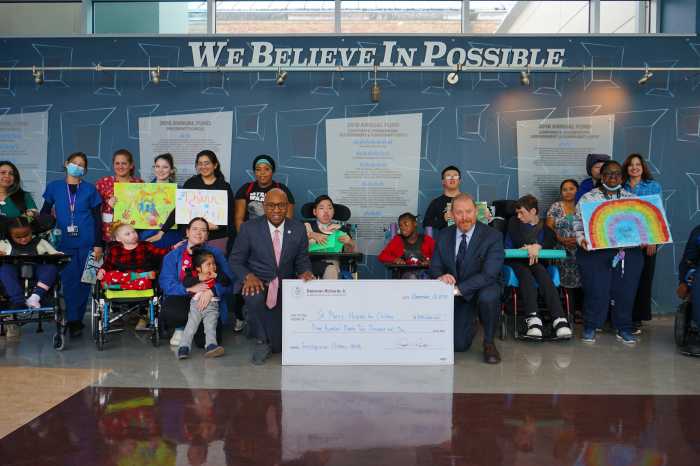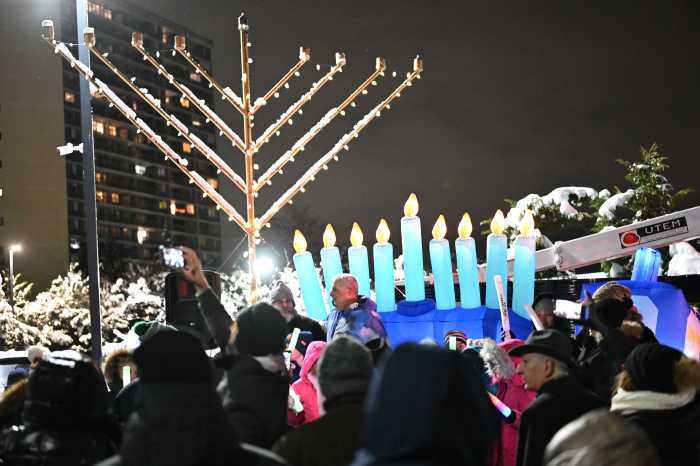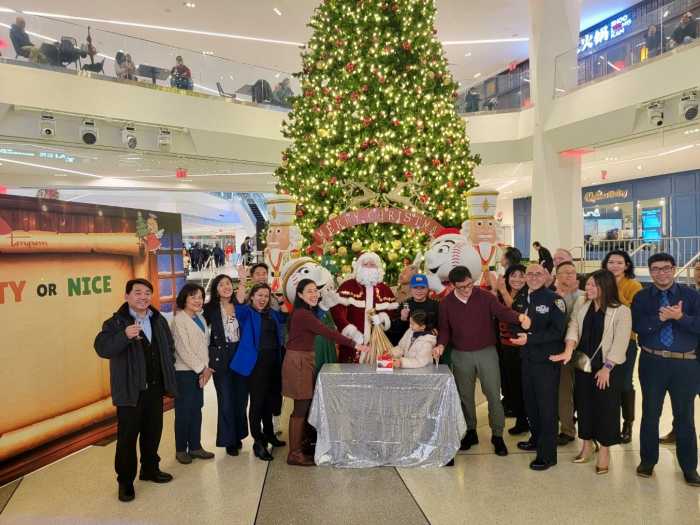A Bayside-based lawmaker says a recent constituent survey confirms that the city needs to change its approach to taking care of its trees.
State Senator Tony Avella, who represents District 11, recently announced findings from a constituent survey his office conducted asking residents for their thoughts on the city’s tree removal and pruning services. A total of 1,250 residents out of the approximately 300,000 in the district — which covers areas including Bayside, College Point, Flushing and Whitestone — responded to the survey.
Two-thirds of survey respondents said they felt unsafe about the condition of the tree in front of their home, according to Avella. Approximately three-quarters of respondents indicated that their tree is either overgrown, dangerous or needs removal.
Out of the respondents who said they made a request with the city to remove a tree in front of their home, 42 percent said they have been waiting five or more years for removal.
Findings also revealed many constituents were unaware of the city’s “Tree and Sidewalk Repair Program,” the lawmaker noted. Announced in July 2017 during a press conference that Mayor Bill de Blasio held in Whitestone, the program offers city funding to certain homeowners who need to repair severe sidewalk damage caused by the root growth of street trees.
In the days following the conference, Avella was openly critical of the program, which he said does not go far enough to provide all homeowners relief. The constituent survey conducted this year showed that 71 percent of responding residents were unaware of the program.
Avella said he now “has the numbers” to prove that residents have safety concerns due to a “failed job” by the city and the Department of Parks and Recreation (DPR).
“When 69 percent of people [surveyed] say that their trees were not satisfactorily pruned, it is clear as day that residents are not being listened to and are certainly not having their concerns taken seriously by this administration,” he said. “This is absolutely unacceptable and clearly, it isn’t just me who feels this way. We need the city to fix their approach to these basic quality-of-life issues so that we can live without the fear of a strong wind being able to knock a tree onto our homes.”
Sam Biederman, a spokesperson for DPR, said the department’s tree assessment protocol is aligned with standards set by the International Society of Arboriculture and the American National Standards Institute.
“As the stewards of New York City’s urban forest, we care for our city’s street and park trees and also respond to more than 80,000 forestry-related service requests from concerned New Yorkers each year,” the spokesperson said. “To help keep our tree canopy healthy and safe, we’re integrating modern tree risk management practices into the way we care for our urban forest.”



































